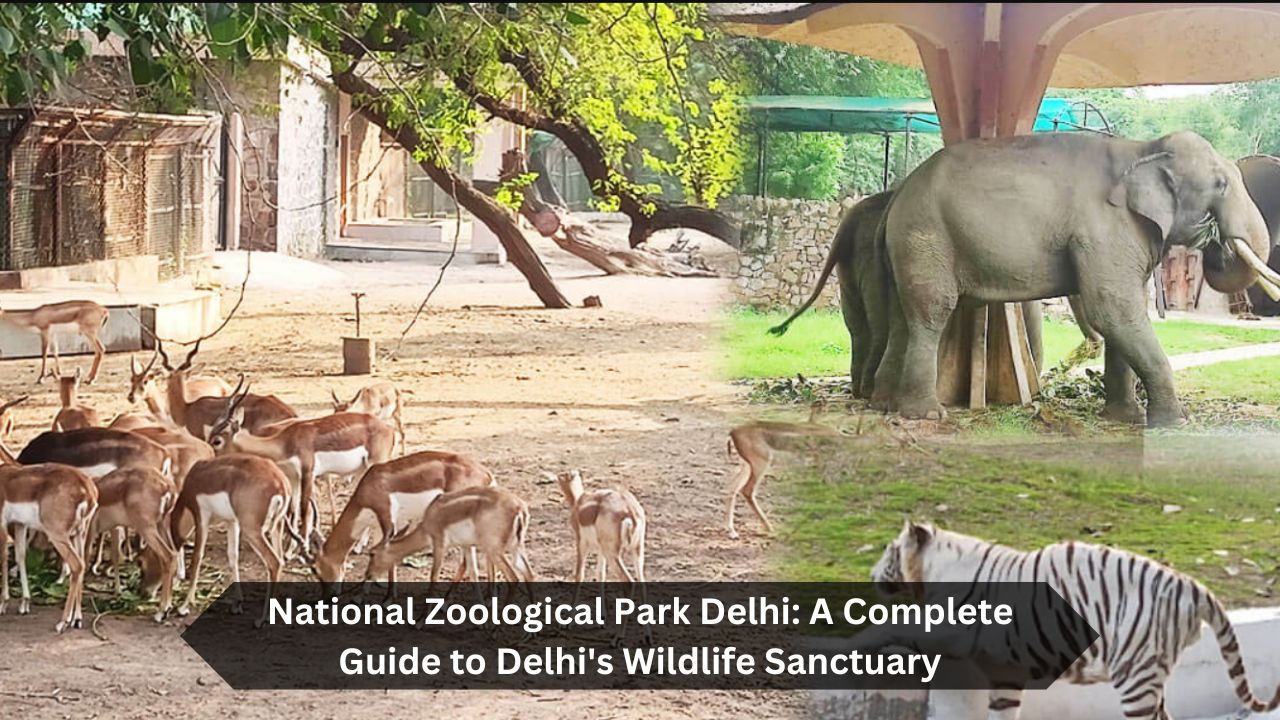Delhi, India’s bustling capital, isn’t just a center for politics and culture; it’s also an excellent spot for wildlife lovers. The National Zoological Park Delhi sits right in the city’s core, next to the ancient Old Fort. It covers 176 acres and houses about 1350 animals from over 130 species. You’ll find impressive animals like the Royal Bengal Tiger, Indian Rhinoceros, and Asiatic Lion here. The zoo started with goals of conservation and education. It’s a popular place for nature fans, students, and researchers. It allows everyone to see wildlife up close in a well-cared-for setting.
Here’s a well-organized table containing essential information for tourists visiting the National Zoological Park, Delhi:
| Category | Details |
|---|---|
| Location | Mathura Road, Pragati Maidan, New Delhi, 110003, India |
| Nearest Metro Station | Pragati Maidan (Blue Line) – Approx. 2 km |
| Opening Hours | 9:30 AM – 4:30 PM (October to March) 9:30 AM – 5:30 PM (April to September) |
| Closed On | Every Friday and National Holidays |
| Entry Fee | – Adults (Indian): ₹80 – Children (Indian, 5-12 years): ₹40 – Foreigners: ₹400 (Adult) / ₹200 (Child) |
| Free Entry For | Children below 5 years and differently-abled visitors |
| Online Booking | Available on the official zoo website and Paytm |
| Contact Number | +91-11-2435-6240 / 2435-6050 |
| Popular Attractions | White Tiger, Bengal Tiger, Asiatic Lion, Giraffe, Elephant, Leopard, and Reptile House |
| Best Time to Visit | Morning hours (October to March) |
| Photography Charges | Camera (Still): ₹50 Professional Video Camera: ₹200 |
| Prohibited Items | Plastic bags, Alcohol, and Pets |
| Food Availability | Cafeteria available inside, but visitors can bring packed food |
| Nearby Attractions | India Gate, Purana Qila (Old Fort), Pragati Maidan, Humayun’s Tomb |
| Website | https://nzpnewdelhi.gov.in |
History and Background of National Zoological Park Delhi
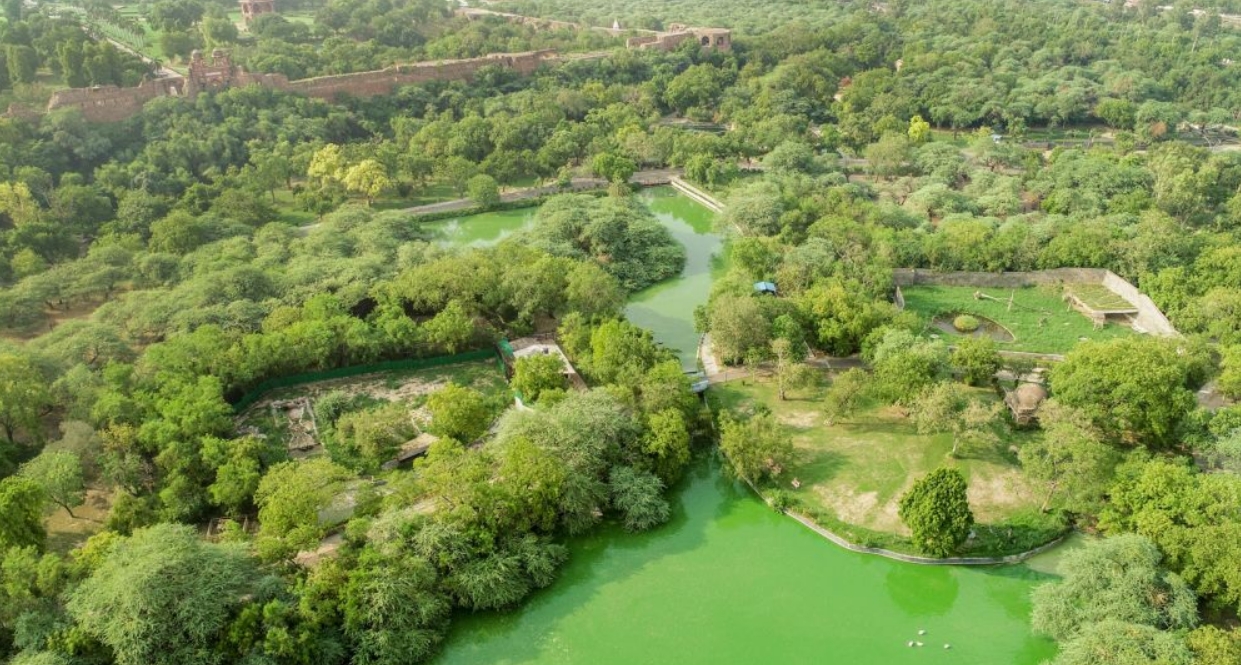
The National Zoological Park in Delhi, started in 1952, shows India’s dedication to protecting wildlife. A team, including Smt. Indira Gandhi, drove this effort, showing the government’s strong interest in saving different species.
They started building the zoo in 1953 and finished in 1959, opening it to the public on November 1 of that year. Since then, many states and people have given various animals to the zoo, adding to its variety. The zoo’s design was inspired by Carl Hagenbeck’s idea of open moat enclosures, which means the animals live in spaces that feel more like their natural homes, making it better for visitors to see them.
Critical Attractions at the Delhi Zoo
Wildlife Diversity
Visiting the Delhi Zoo is like taking a tour through India’s vast wildlife. The zoo covers 176 acres right in the middle of Delhi and houses over 130 species. It’s a place where you can see a range of animals, from those living in water to those in lush forests, all set up within the zoo. The zoo’s design comes from Carl Hagenbeck’s idea of moat enclosures. This means animals have space to move in settings that look like their natural homes. This approach is good for the animals and helps teach us why we need to protect nature and how all living things are connected.
Walking through the zoo makes it easy to feel a deep respect for the wildlife and the efforts to keep their habitats as accurate as possible. It’s more than just a fun day out; it’s a learning experience about conservation and the importance of caring for our environment.
Also Read – Bannerghatta National Park: Zoo Safari, Timings, Entry Fee
Mammals, Birds, and Reptiles to Explore
Exploring Delhi Zoo, you’ll find a mix of mammals, birds, and reptiles worldwide. Check out the African elephants moving gracefully or watch the monkeys play. The bird area is full of life, with colorful parrots and quiet owls.
If you like reptiles, there’s a special area with giant crocodiles and tiny chameleons. Each space looks like their natural home, helping us see where these animals come from. The zoo doesn’t just show off animals; it teaches us why we must protect them, underlining its role in conservation.
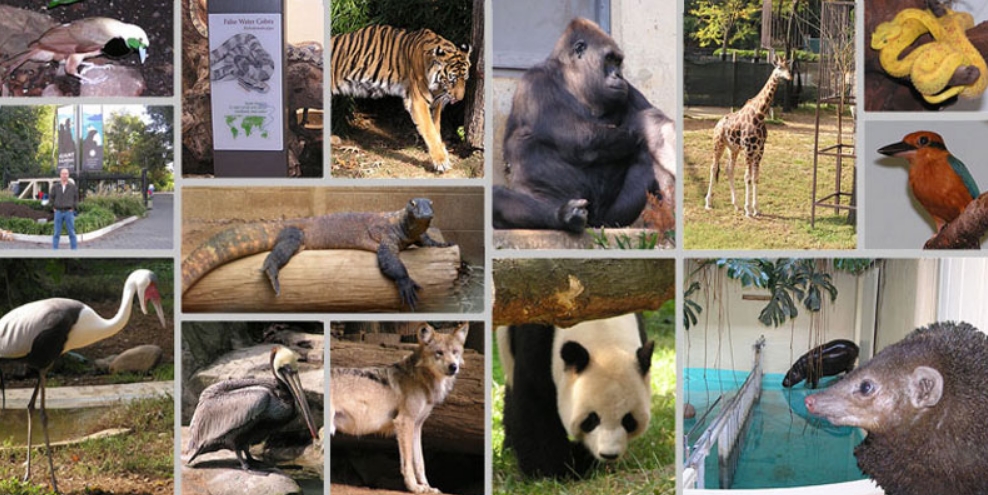
Unique Species: White Tiger, Indian Rhinoceros, and More
Delhi Zoo is home to some amazing animals like the White Tiger, Indian Rhinoceros, and Asiatic Lion. These animals are not just fantastic; they teach us much about wildlife from different parts of Asia. The White Tiger, for instance, stands out with its unique light fur and dark stripes, showing us how nature can be full of surprises. Then there’s the Indian Rhinoceros, which looks like it’s wearing armor but moves calmly.
The Asiatic Lion is truly special. It’s a symbol of power and a success story for conservation, found only in India. Each of these animals makes the zoo a more exciting place to visit and helps us understand why it’s essential to protect wildlife.
Best Time to Visit Different Animal Sections
Making the most of your trip to the Delhi Zoo is all about timing, especially if you want to catch the main attractions. Head over early to see the big predators like the Royal Bengal Tiger and the Asiatic Lion. They’re a lot more active in the cool morning air. If birds are your thing, late morning is your best bet since many are out feeding.
Come afternoon, swing by the reptile house and check out the smaller mammals; they tend to show up more as the day progresses. As for the best season, aim for winter. It’s cooler then, so the animals and you will be more comfortable outside.
Facilities and Amenities
Delhi’s National Zoological Park offers a range of facilities to ensure a comfortable visit for everyone. The park has clean, well-placed bathrooms. For families, there are particular areas to take care of children and quiet spots to rest. You can grab a bite to eat at several food stands that offer different types of food.
Need help or a guide? Just visit one of the information desks scattered around the park. The park also has first aid and emergency services to keep you safe. Plus, it’s fully accessible by wheelchair, ensuring everyone can get around quickly. Plenty of benches and shady spots allow you to sit and take in the peaceful environment.
Visiting Information
Entry Fee and Timings
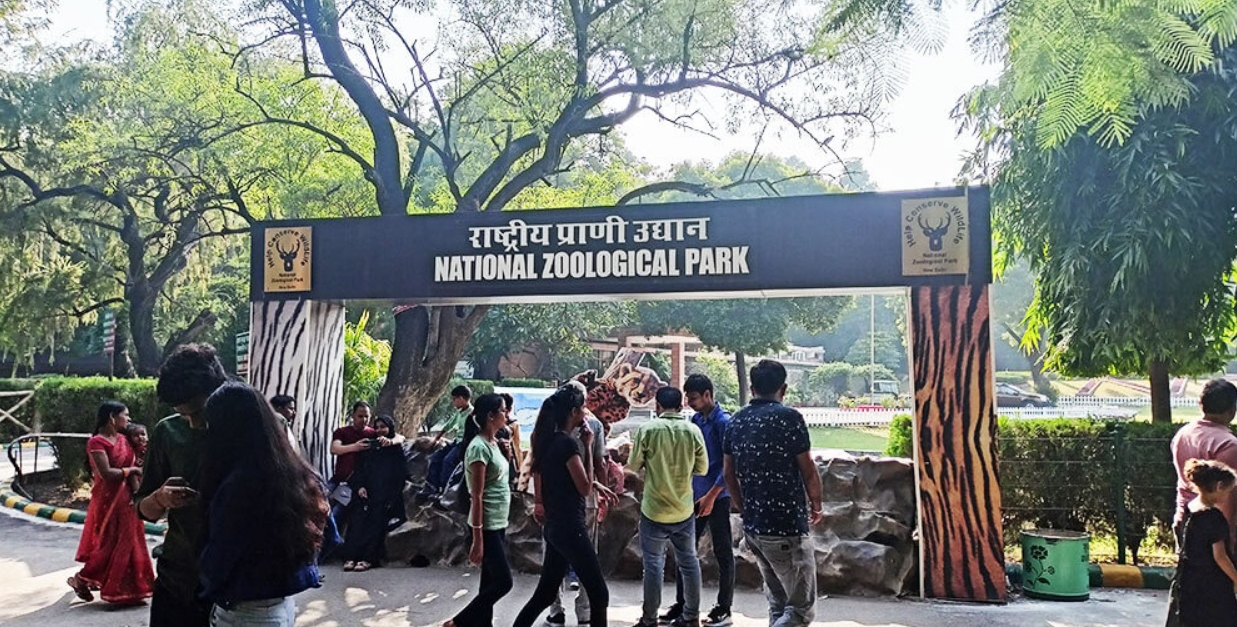
Planning your trip to the National Zoological Park in Delhi? Let’s talk about entry fees and when you can visit. Here’s what it costs: Indian adults pay ₹80. Kids between 5 and 12 years old and seniors over 60 only need to pay ₹40. Little ones under 5 get in for free.
If you’re visiting from outside the SAARC countries, adults pay ₹400 and kids from 5 to 12 pay ₹200. Children younger than that? No charge. Visitors from SAARC countries get a bit of a break: ₹200 for adults and ₹100 for kids. The zoo is open in two shifts: 8:30 AM to 12:30 PM and 12:30 PM to 4:30 PM.
Rules and Guidelines for Visitors
Are you planning a trip to the National Zoological Park in Delhi? Here’s what you need to know to ensure your visit is safe and enjoyable.
Please remember, you can’t bring your food, except for baby essentials like milk or porridge. It’s essential not to disturb the animals. Don’t tease them or try to harm them in any way. If you want to take professional photos or shoot a film, you’ll need permission first. These simple rules help us keep the zoo a safe and respectful place for everyone, animals and visitors alike.
How to Reach: Metro, Bus, and Taxi Options
Getting to the National Zoological Park is easy with various transport options. It’s near Old Fort, with Pragati Maidan as the closest metro station, just about 2.2 kilometers away. This makes the metro a handy choice for getting there.
If you prefer buses, there are several that go by the zoo. Look for Delhi Transport Corporation (DTC) buses numbered 894A, 445, and 374. They all stop nearby. Taxis and auto-rickshaws are another excellent option. You can flag one down on the street or use a ride-sharing app to book a ride. If you’re driving, don’t worry about parking. There’s plenty of space at the zoo for your car.
Nearby Attractions
Purana Qila
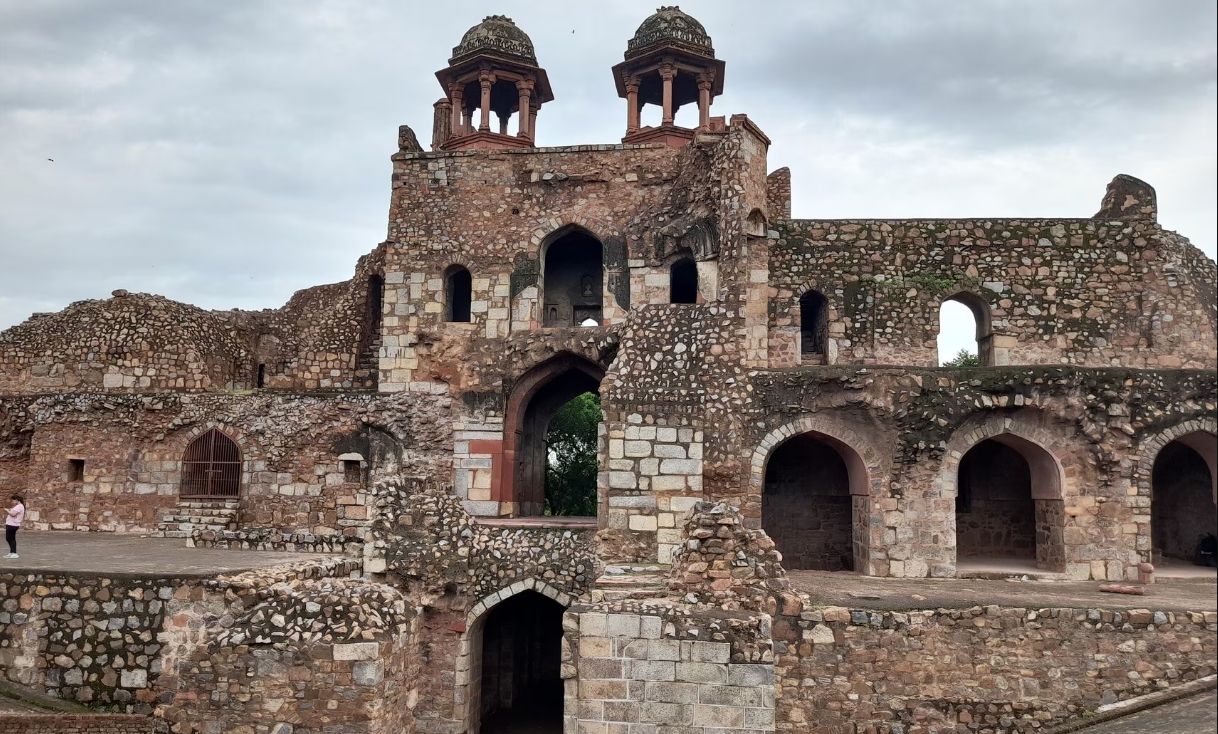
Purana Qila is right next to the busy National Zoological Park in Delhi. It’s one of the oldest forts in the city. The place has extensive gardens and strong walls, which make it a quiet spot away from the city noise. It’s said to be built on the same spot as the ancient city of Indraprastha, which is essential for archaeology. When you visit, the big gates and the peaceful lake next to it stand out. Every evening, a sound and light show tells stories from Delhi’s past. Purana Qila is worth checking out whether you love history or just want to see something interesting.
Humayun’s Tomb
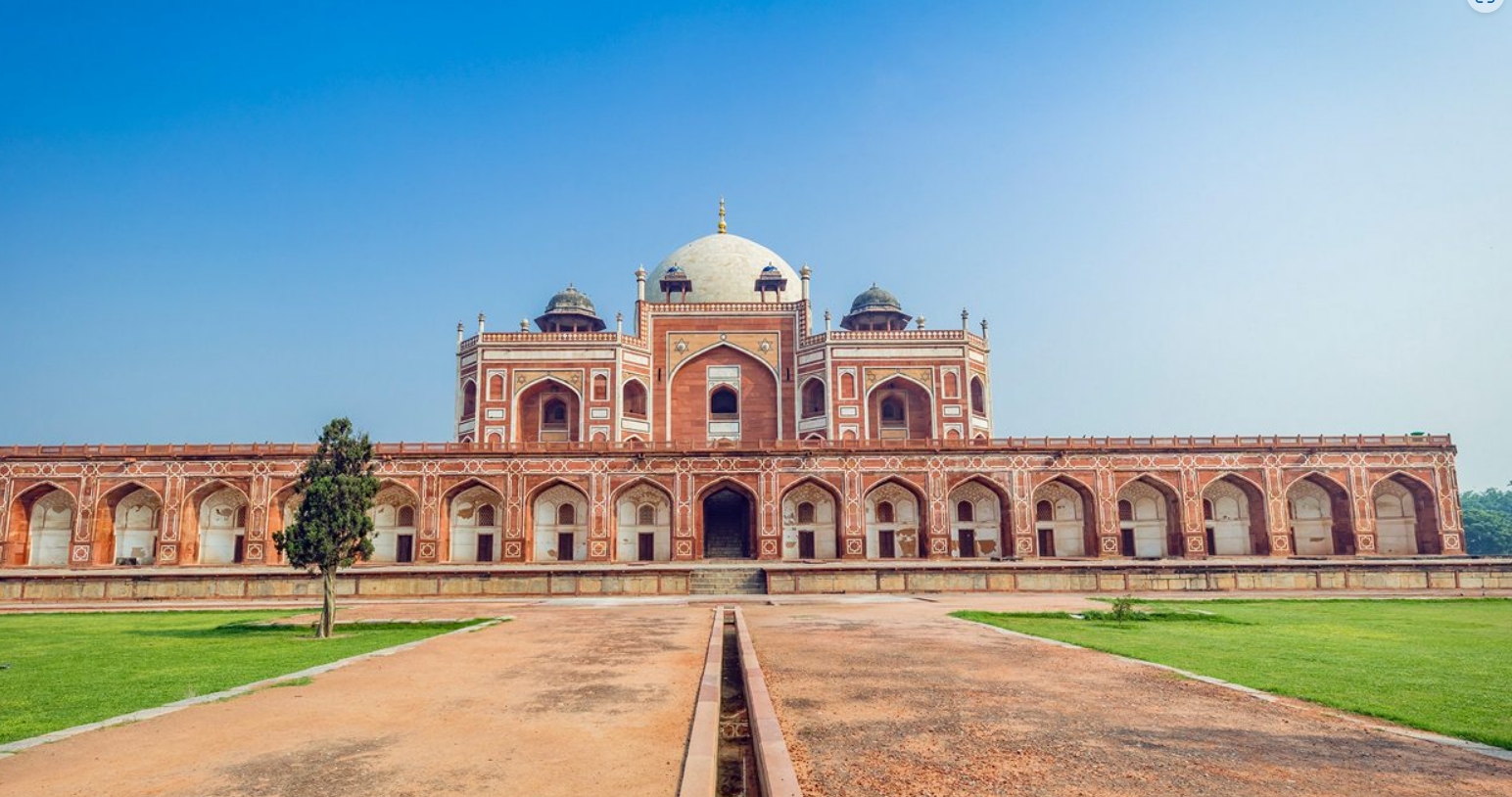
Humayun’s Tomb is just a short drive from the busy area around Purana Qila in Delhi. It’s a stunning piece of Mughal architecture and a real piece of history. Humayun’s widow, Empress Bega Begum, had it built in 1565, and it was the first garden-tomb in India. It inspired many other big projects, like the Taj Mahal. The tomb sits in a big, beautiful garden split into four sections by paths and water channels. It’s also a UNESCO World Heritage Site, which means it’s recognized globally for its importance. Not only does it show the start of a new style in Mughal architecture, but it also offers a quiet escape from the noisy city. It draws in scholars, historians, and tourists who all want to see its beauty and learn its stories.
India Gate
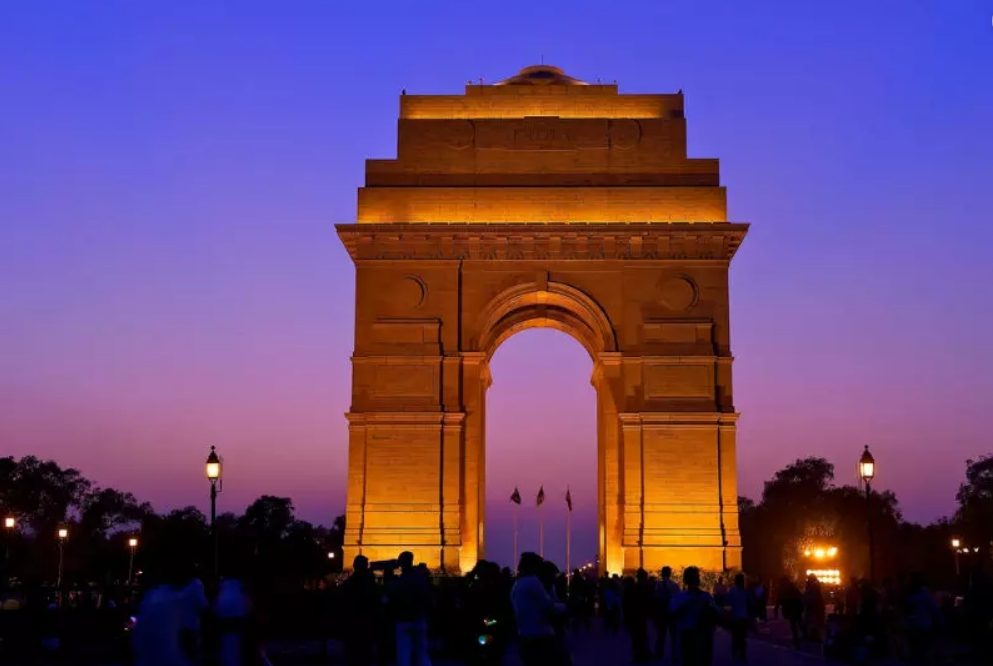
India Gate is a powerful reminder of the 70,000 British Indian Army soldiers who died in World War I. Located in Delhi, it’s a massive arch 42 meters tall, designed by Sir Edwin Lutyens. It sits at the end of Rajpath and represents an essential piece of India’s history and architecture. Inside, there’s a flame called the Amar Jawan Jyoti. It burns all the time to honor those who fell in the 1971 Indo-Pakistani War. If you’re visiting the National Zoological Park, it’s easy to stop by. It’s not just a tour spot — it’s a place to remember the bravery and sacrifices made.
Conclusion
Delhi’s National Zoological Park is more than just a place to see animals. With over 130 species, it’s a place that teaches and captivates everyone who visits. The park is easy to get to and is right in the heart of Delhi, making it an excellent spot for learning about wildlife conservation and the environment.
Whether you’re visiting as a tourist, love nature, or live nearby, the park is a perfect spot to connect with nature. In short, the National Zoological Park shows India’s dedication to protecting its wildlife for the future.

Deepak Sharma is a passionate writer and avid traveler who specializes in uncovering the beauty and history of India’s attractions and temples. A graduate of Delhi University, Deepak has a deep-rooted love for his country and its rich cultural heritage.
